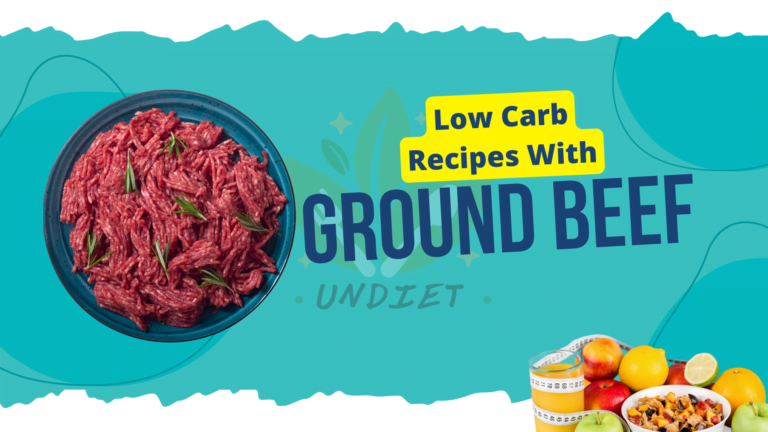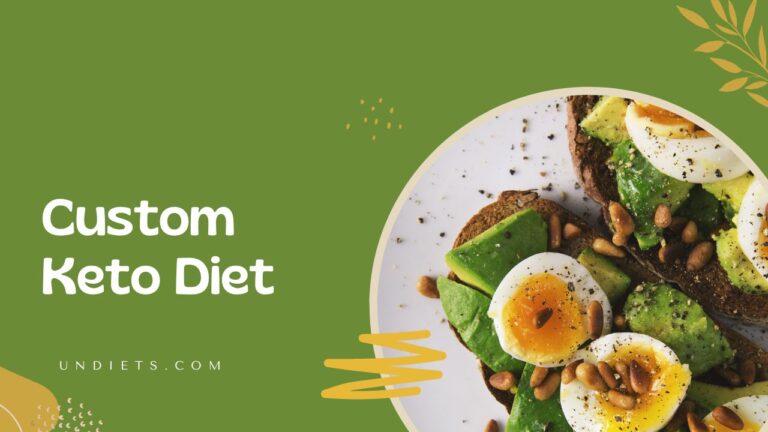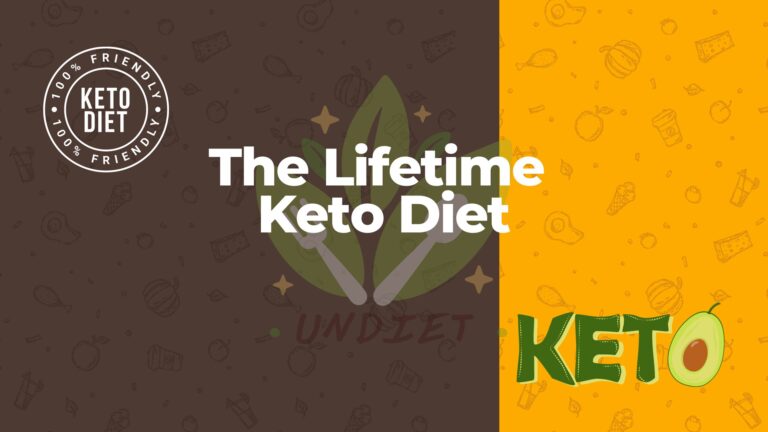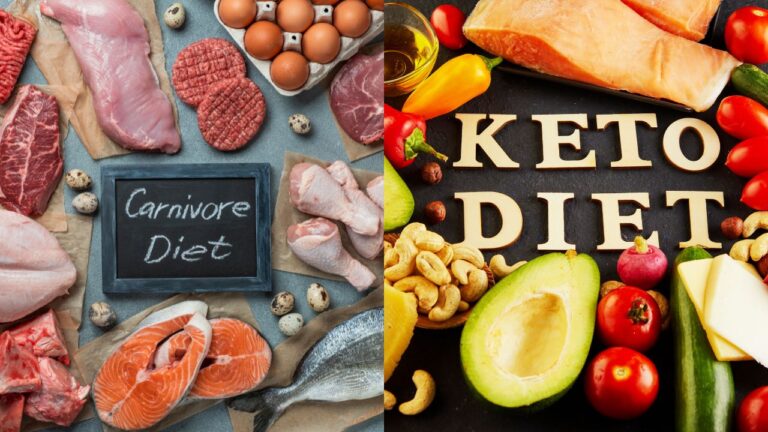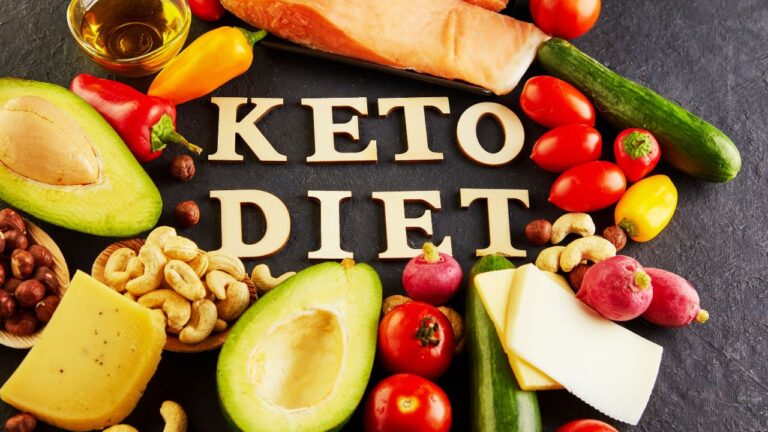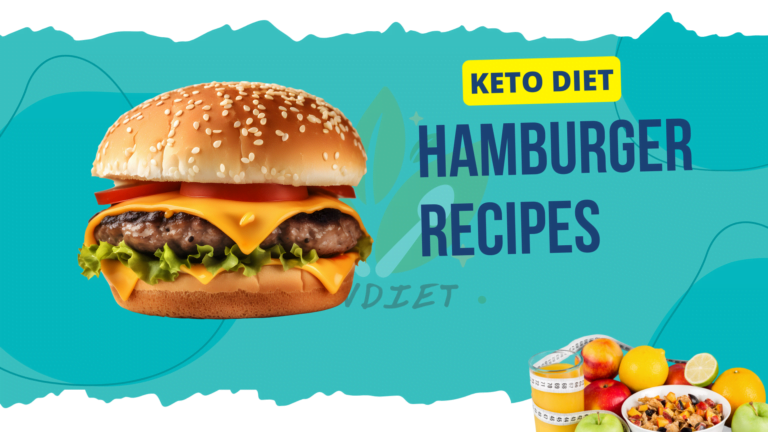Easy-to-Follow Beginner Keto Diet Plan for Quick Results

The keto diet, short for ketogenic diet, has gained significant attention in recent years as a popular approach to weight loss and overall health improvement. Rooted in the principle of drastically reducing carbohydrate intake while increasing the consumption of healthy fats, the keto diet shares similarities with other low-carb diets like Atkins.
Both Atkins and keto aim to shift the body’s metabolism into a state called ketosis, where it primarily burns fat for fuel instead of relying on carbohydrates. This metabolic state is achieved by limiting carb intake to a very low level, typically around 20-40 grams of net carbs per day. By doing so, the body begins to produce ketones from stored fat, which are then utilized as energy sources. The primary goal of the keto diet is not only weight loss but also improved energy levels, mental clarity, and various other health benefits.
When followed correctly and with attention to nutritional balance, a well-constructed keto diet has shown remarkable effectiveness in promoting weight loss and enhancing overall well-being. Therefore, understanding the fundamentals of the keto diet and how to embark on a beginner’s journey can be a pivotal step towards achieving one’s health and fitness goals.
Beginner Keto Diet Plan
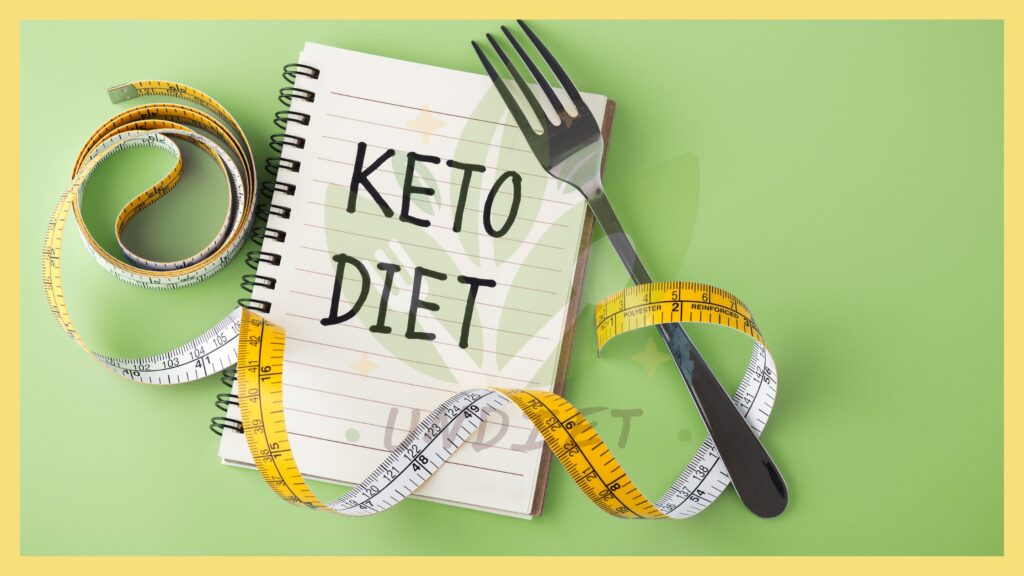
In understanding the fundamentals of a beginner keto diet plan, it’s essential to grasp the core principles that define this dietary approach. At its heart, the keto diet emphasizes a significant reduction in carbohydrate intake while prioritizing the consumption of healthy fats and maintaining a moderate intake of protein.
This shift in macronutrient balance is aimed at inducing a metabolic state known as ketosis, wherein the body primarily relies on fat for energy instead of carbohydrates. Central to this concept is the notion of net carbs, which refers to the total carbohydrates minus the fibre content in a given food. By limiting net carbs to a specific threshold, typically around 20-40 grams per day, individuals can effectively prompt their bodies to enter ketosis.
This focus on net carbs is crucial because it accounts for the carbohydrates that have a significant impact on blood sugar levels and therefore affect the body’s ability to maintain ketosis. Understanding and carefully managing net carb intake thus serve as foundational principles in devising and adhering to a successful beginner keto diet plan.
Getting Started with Keto
Decrease carbs (but eat more veggies):
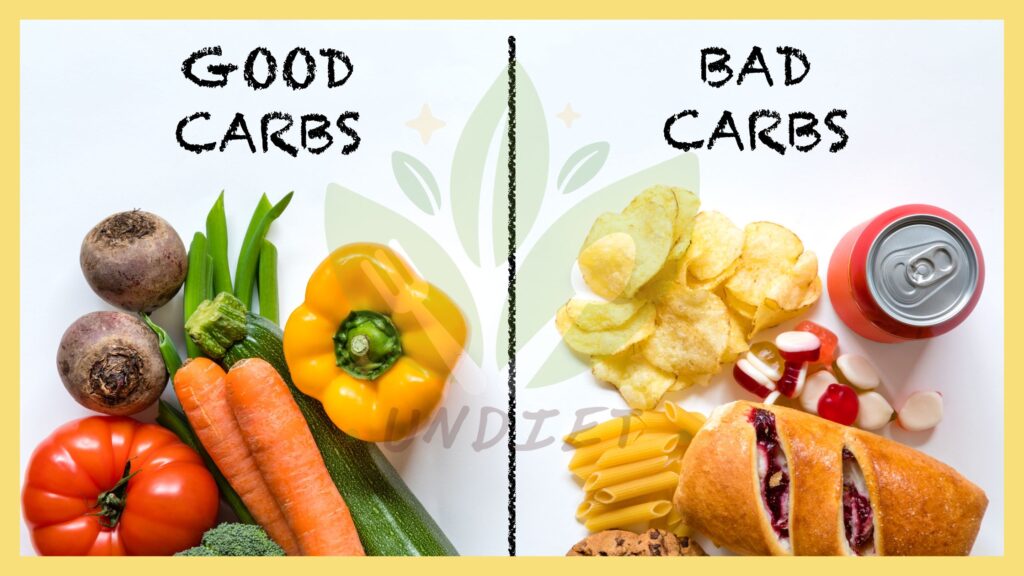
Decreasing carb intake is a pivotal aspect of initiating a successful beginner keto diet plan, typically restricted to 20-40 net grams per day. This limitation is crucial for inducing and maintaining a state of ketosis, wherein the body shifts its primary fuel source from carbohydrates to fats. By adhering to this carb restriction, individuals can prompt their bodies to burn stored fat for energy, thus facilitating weight loss.
However, it’s equally important to emphasize the incorporation of nutrient-dense vegetables into the diet. While the keto diet is often associated with high-fat consumption, neglecting vegetables can lead to nutritional deficiencies. Therefore, focusing on non-starchy veggies like kale, broccoli, spinach, and peppers not only provides essential vitamins and minerals but also ensures an adequate fibre intake crucial for digestive health. Additionally, incorporating low-carb swaps for favourite meals can make the transition to a keto lifestyle more manageable and enjoyable.
For instance, replacing traditional pasta with zucchini noodles or using lettuce wraps instead of tortillas can help individuals satisfy cravings while staying within their carb limits. These simple yet effective swaps demonstrate that following a keto diet doesn’t mean sacrificing flavour or variety in one’s meals but rather entails making strategic choices to support ketosis and overall health.
Decrease stress:
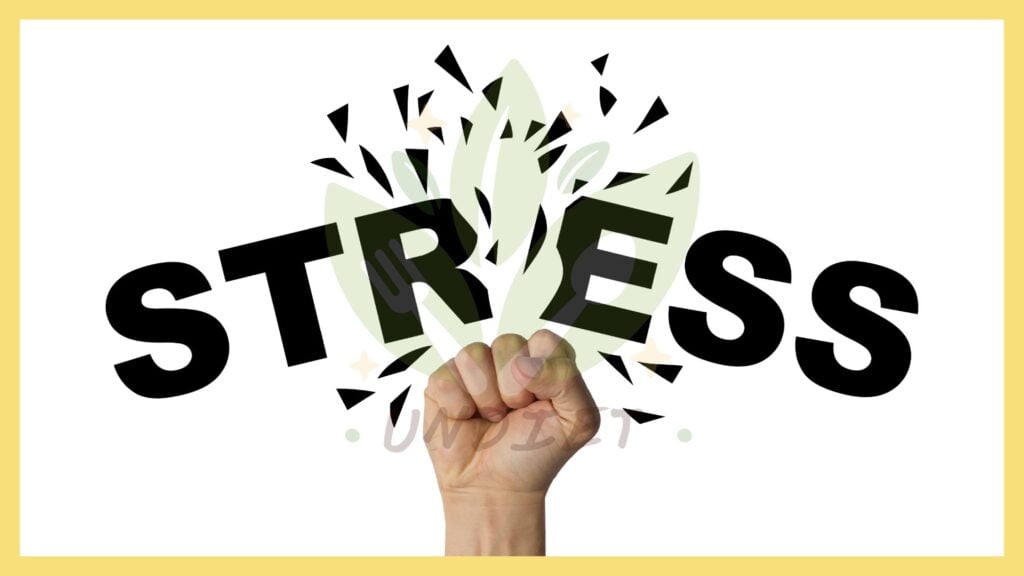
Decreasing stress is essential for success on a keto diet due to its direct impact on blood sugar levels and ketosis. When stress levels are high, the body releases cortisol, a stress hormone that can elevate blood sugar levels, hindering the process of achieving and maintaining ketosis. Additionally, chronic stress can disrupt sleep patterns, which further exacerbates the body’s ability to enter ketosis effectively.
To mitigate stress, it’s crucial to prioritize adequate sleep, aiming for 7-9 hours of quality rest each night. Establishing a consistent bedtime routine and creating a relaxing sleep environment can promote better sleep hygiene. Furthermore, incorporating relaxation techniques such as meditation, deep breathing exercises, or gentle yoga can help alleviate stress levels.
These practices not only promote mental well-being but also support the body’s transition into a state of ketosis by reducing cortisol levels and enhancing overall metabolic function. By proactively managing stress through these methods, individuals embarking on a beginner keto diet plan can optimize their chances of success and achieve their health goals more effectively.
Increase healthy fats:
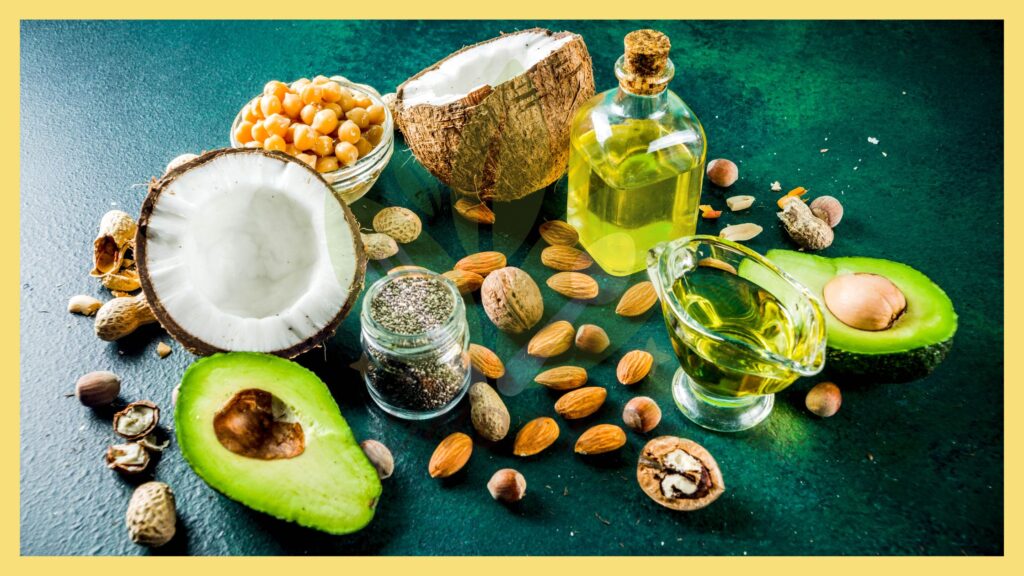
Increasing healthy fats is a fundamental aspect of a successful beginner keto diet plan. Healthy fats play a crucial role in providing sustained energy and promoting satiety while transitioning the body into a state of ketosis. Unlike traditional dietary recommendations that advocate for low-fat options, the keto diet emphasizes the consumption of healthy fats as a primary fuel source. Sources of healthy fats include olive oil, avocado oil, coconut oil, and grass-fed butter, which are rich in monounsaturated and saturated fats essential for cellular function and hormone production.
Additionally, fatty fish like salmon, mackerel, and sardines provide omega-3 fatty acids, known for their anti-inflammatory properties and cardiovascular benefits. Incorporating nuts and seeds such as almonds, walnuts, chia seeds, and flaxseeds also adds healthy fats and essential nutrients like magnesium and fiber to the diet. Moreover, avocados are a versatile and nutrient-dense fruit that is high in monounsaturated fats, making them an excellent choice for salads, smoothies, or snacks.
By diversifying fat sources and incorporating these healthy fats into meals and snacks, individuals can optimize their nutrient intake while enjoying the satisfying flavours and benefits of a well-rounded keto diet.
Increase exercise:

Increasing exercise on a keto diet can significantly aid in achieving ketosis and optimizing weight loss results. Regular physical activity helps deplete glycogen stores in the body, which are primarily sourced from carbohydrates. By depleting these stores, the body is forced to rely more on fat for fuel, thereby facilitating the transition into ketosis. Additionally, exercise enhances insulin sensitivity, allowing cells to better utilize glucose and regulate blood sugar levels effectively.
For individuals new to a keto lifestyle, it’s essential to start with moderate-intensity exercises such as brisk walking, cycling, or swimming. These activities can help the body adapt to using fat as its primary energy source while minimizing the risk of fatigue or burnout. As one becomes more accustomed to the diet and exercise routine, incorporating strength training exercises can further boost metabolism and promote lean muscle mass, which is beneficial for overall health and weight management.
Consistency is key, so aiming for at least 30 minutes of exercise most days of the week is recommended. However, it’s essential to listen to your body and adjust the intensity and duration of workouts as needed, especially during the initial stages of keto-adaptation. By integrating exercise into your keto lifestyle, you not only enhance the effectiveness of the diet but also improve your overall health and well-being.
Increase water intake:

Increasing water intake is crucial when following a keto diet due to its diuretic effect on the body. As the body enters a state of ketosis, it begins to expel excess water along with electrolytes, which can lead to dehydration if not properly addressed. Therefore, individuals on a keto diet need to prioritize hydration by consuming an adequate amount of water throughout the day.
The general recommendation is to drink a minimum of 6 to 8 glasses of water daily, but this amount may need to be adjusted based on factors such as activity level, climate, and individual hydration needs. In addition to water, it’s important to ensure proper electrolyte balance, as electrolytes like sodium, potassium, and magnesium are also lost through increased urination.
Adding a pinch of salt to meals or incorporating electrolyte-rich foods like leafy greens, nuts, and seeds can help replenish electrolytes and prevent symptoms of dehydration such as fatigue, dizziness, and muscle cramps. By staying well-hydrated and maintaining electrolyte balance, individuals can support their metabolism and overall well-being while on a keto diet.
Maintain protein intake:
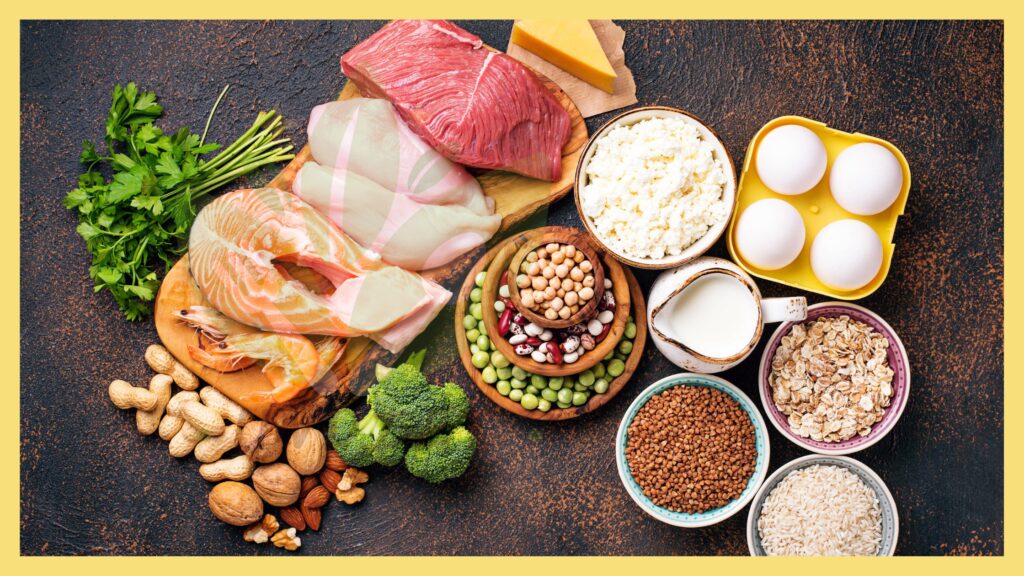
Maintaining adequate protein intake is crucial when following a keto diet, as it plays a vital role in supporting various bodily functions. Protein provides the essential amino acids needed for muscle repair, immune function, and the synthesis of enzymes and hormones. On a keto diet, protein also serves another essential purpose: supplying the liver with amino acids to produce glucose through a process called gluconeogenesis.
This glucose is necessary for certain cells and organs, such as the kidneys and red blood cells, which cannot utilize ketones or fatty acids for fuel. Therefore, consuming enough protein ensures that the body has a steady supply of glucose while still maintaining a state of ketosis. However, it’s essential to strike a balance with protein intake, as consuming too much protein can potentially hinder ketosis by triggering gluconeogenesis excessively.
As a general guideline, aim for around 20-30% of your daily caloric intake to come from protein sources. Quality protein sources include lean meats, poultry, fish, eggs, dairy products, and plant-based options like tofu and tempeh. By incorporating adequate protein into your keto diet, you can support your overall health and optimize your body’s ability to thrive on a low-carb, high-fat lifestyle.
Maintain your social life:

Maintaining your social life while adhering to a keto diet doesn’t have to be daunting. When dining out, it’s essential to plan and make smart choices. Start by checking the menu online before heading to the restaurant to identify keto-friendly options. Look for dishes that feature protein-rich ingredients like grilled chicken, fish, or steak, paired with non-starchy vegetables such as broccoli, spinach, or salad greens.
Avoid dishes that are breaded, fried, or served with high-carb sides like potatoes or rice. Additionally, don’t hesitate to ask your server for modifications or substitutions to accommodate your dietary preferences. For example, request a burger without the bun or ask for salad dressing on the side to control the amount of added sugars. Embrace condiments like mustard, hot sauce, or olive oil for flavour without the extra carbs.
Some keto-friendly restaurant choices include steak houses, seafood restaurants, and establishments offering customizable salads or build-your-own bowl options. By being proactive and informed, you can enjoy social outings without derailing your keto progress.
Frequently Asked Questions about Beginner Keto Diet Plan
What are net carbs?
Net carbs refer to the total carbohydrates in a food minus the fibre and sugar alcohols, as these components have minimal impact on blood sugar levels. For individuals following a keto diet, monitoring net carbs is crucial as it directly affects their ability to achieve and maintain ketosis.
By focusing on net carbs rather than total carbs, individuals can ensure they are consuming foods that won’t spike their blood sugar levels, thereby helping them stay fat-burning.
How do I know if I’m in ketosis?
Several signs indicate you may be in ketosis. These include increased ketones in the blood, which can be measured using ketone testing strips or a blood ketone meter. Additionally, many people experience a decrease in appetite, improved mental clarity, increased energy levels, and a decrease in water weight during the initial stages of ketosis. Some individuals may also notice a distinct fruity odour on their breath, often described as “keto breath,” due to the production of acetone, a type of ketone, in the body.
Can I have cheat days on a keto diet?
While occasional indulgences may be tempting, having cheat days on a keto diet can disrupt ketosis and hinder progress towards your weight loss goals. Consuming high-carb foods can quickly raise blood sugar levels, kick you out of ketosis, and potentially lead to cravings and setbacks.
However, some individuals may incorporate planned “carb-up” days or cyclical ketogenic diets (CKD) into their routine, where they strategically increase carb intake for a short period to replenish glycogen stores before returning to a ketogenic state. It’s essential to approach cheat days with caution and consider the potential impact on your overall keto journey.
Is the keto diet safe for everyone?
While the keto diet has been shown to be effective for weight loss and improving certain health markers, it may not be suitable for everyone. Individuals with certain medical conditions, such as pancreatitis, liver disease, or gallbladder issues, should consult with a healthcare professional before starting a keto diet.
Additionally, pregnant or breastfeeding women, as well as individuals with a history of eating disorders, should approach the keto diet with caution and seek guidance from a healthcare provider. It’s essential to prioritize overall health and well-being when considering any dietary changes.
How long does it take to see results on a keto diet?
The timeline for seeing results on a keto diet can vary depending on several factors, including individual metabolism, activity level, and adherence to the diet. Some people may experience rapid weight loss and improvements in energy levels within the first few weeks of starting a keto diet, while others may take longer to adapt to ketosis and see noticeable changes.
Generally, most individuals can expect to see significant results within the first month of following a strict keto diet. However, it’s essential to focus on long-term sustainability and health outcomes rather than solely on short-term weight loss goals. Consistency and patience are key when embarking on a keto journey.
Wrapping up the Beginner Keto Diet Plan
In conclusion, embarking on a beginner keto diet plan is a significant step towards achieving your health and weight loss goals. By implementing the principles outlined in this guide, including reducing carb intake while focusing on healthy fats and moderate protein consumption, you can kickstart your journey towards ketosis effectively.
Remember to prioritize nutrient-dense vegetables, incorporate stress-reduction techniques, increase your intake of healthy fats, and maintain a consistent exercise routine to maximize your success. Additionally, staying hydrated and ensuring adequate electrolyte balance are crucial factors to consider. While transitioning to a keto lifestyle may seem daunting, it’s important to approach it with confidence and determination.
By making gradual adjustments and listening to your body, you can adapt to this new way of eating and reap its numerous benefits. Moreover, don’t hesitate to utilize resources such as personalized plans and a wealth of delicious recipes available from trusted sources like Atkins. With the right tools and support, you can embark on your keto journey with optimism and enthusiasm, knowing that you’re taking proactive steps towards a healthier, more vibrant life.

